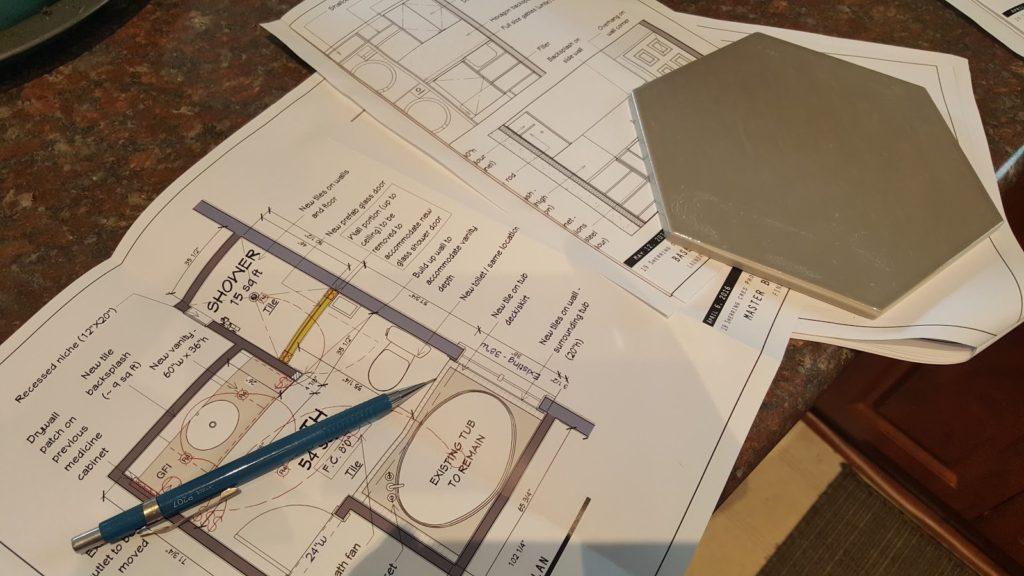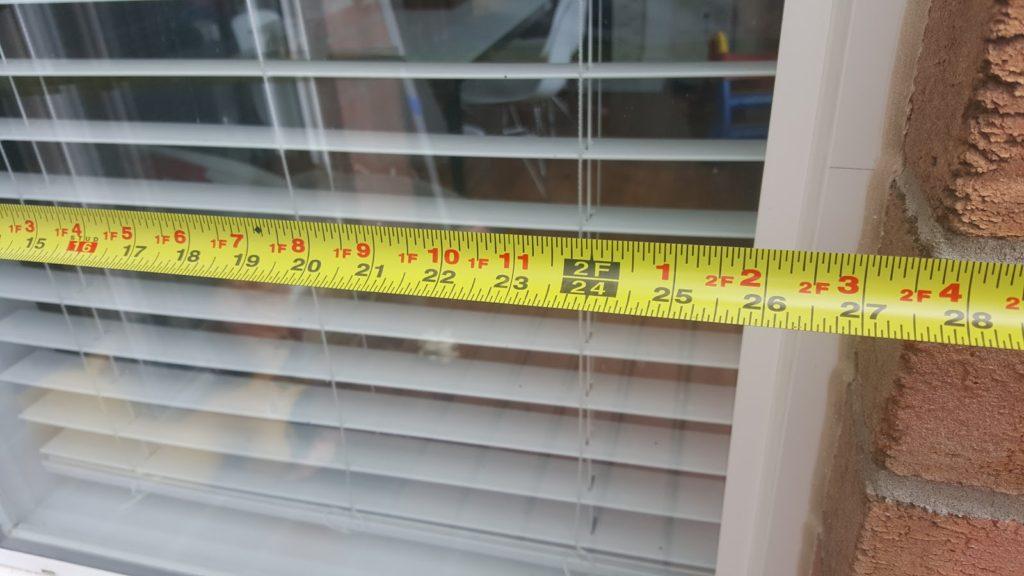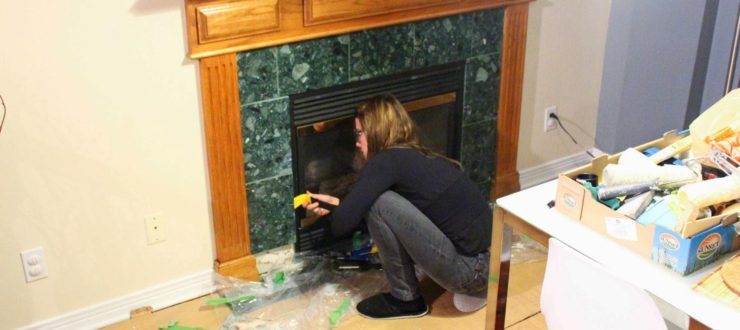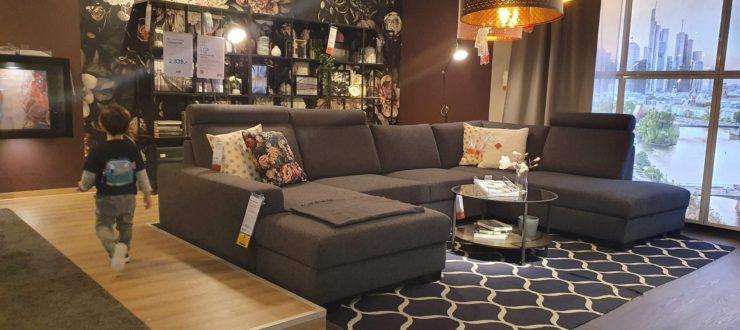Architecture job market for immigrants in Canada
Immigrating by itself is already a big step in anyone’s life, but starting to work in a new country is not only necessary, as a stage full of doubts and uncertainties. There are many questions I get about how my area of expertise works, architecture. For those who do not know, I am an architect and urbanplanner in Brazil and I arrived here as a permanent resident, but without a job and without knowing much of my area. I knew yes that I would not call myself an architect around here, but it was not very clear to me where I would fit into the market.
I will add that the issue of vacancies and areas of activity go a lot from city to city. Toronto, for example, has a whole other dynamic and a lot more job options (but a lot more candidates too, I imagine) and I’m not an expert on this subject, not even in my field. I’m just going to write down what I’ve experienced in this almost nine years around here.
I also stress here the question of expectation and being prepared. If there has been much talk that Canada is desperate for workers and that, as a result, getting a job here is easy, but it really isn’t so much. Even to work part-time at Tim Hortons you will need to do an interview and be in legal condition to get a job. There are not many deviations or secret passages, the way to put yourself on the market here is difficult as anywhere else.
One thing that draws my attention in my career here is that many of the functions of architects in Brazil, for example, are subdivided into various professions or positions in the market here. Like, often Brazilian architects design a house, do architectural design, interiordesign, lighting, landscape design and help the client choose furniture / decoration. Around here, it may be that each of these phases be commanded by a different professional.
In my view I have listed below some of the paths that foreign architects can follow, when on Canadian soil and with the possibility of working legally:
Interior Design – One of the most popular careers for non-architect architects, i.e. who has the degree but not the license. I work with that myself these days in my newly created company. And before you say — ah, I don’t like interiors, I really want to design houses, buildings…. – I already say that the Canadian market is much more indoor-oriented than exterior. The vast majority of people renovate their home from the inside, but hardly on the outside. As a result, entering the market working with interiors gives you a much better chance at first.
For those who want to know another site of a Canadian interior designer (not graduated in architecture, but even design) and see how are some of the projects around here, this is my friend’s site here in Ottawa.
For those who want to know another site of a Canadian interior designer (not graduated in architecture, but even design) and see how are some of the projects around here, this is my friend’s site here in Ottawa.
Drafter – The so essential designer. Important function, but not very well paid around here. A good option to start, because it does not require so much interaction with customers and technical knowledge etc. Programs used here are usually AutoCAD, Revit and Chief Architect.
Architectural Technologist – These professionals who work as designers and designers. He has in-depth knowledge of ontario (or province in question) building regulations. The career is regulated here and in order to be able to sign as such, you need to provide proof to obtain the BCIN (Building Code Identification Number). I’m not registered, but I worked with this position under the supervision of a regulated professional.
Decorator – Our well-known decorator, responsible for layout of environments that do not require much renovation. They choose furniture, colors, décor and many other things to make up the environment. Interior Designer also play this role here, as well as architects in some projects, but there are professionals specialized in this area.
Home Stager – The home stager is the person who works with real estate agents and composes environments for photos and visits in real estate for sale. You know that house you can’t sell, full of furniture too big for space (leaving the environments looking smaller)? For, home stagers can have their own collection of furniture and objects to use in different properties, can use rented furniture and may even suggest color change and simple makeover in some items to help blindfold the property in question.
Project Manager – The position refers to the similar qualifications of project managers in Brazil, only of course, it is not always easy to work with this in the first jobs here, because the market seeks professionals with experience (on Canadian soil). Verbal communication is paramount, so prepare your English/French for the best.
Project Manager – The position refers to the similar qualifications of project managers in Brazil, only of course, it is not always easy to work with this in the first jobs here, because the market seeks professionals with experience (on Canadian soil). Verbal communication is paramount, so prepare your English/French for the best.
Well, I guess that’s what I remember now. It is worth remembering that in order to be able to work here, you need a permanent resident, work or student visa (which allows you to work a few hours a week). Visa tourism does not give direct to work (I think this was already obvious, but apparently there are many people who still get confused).
Most employers in the area are contractors, design+build companies, architectural firms, builders, branch stores (type building materials, furniture, etc.) and design offices Independent
Kisses!
Adri






